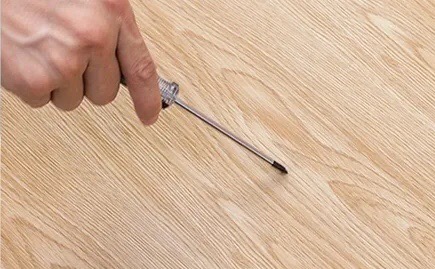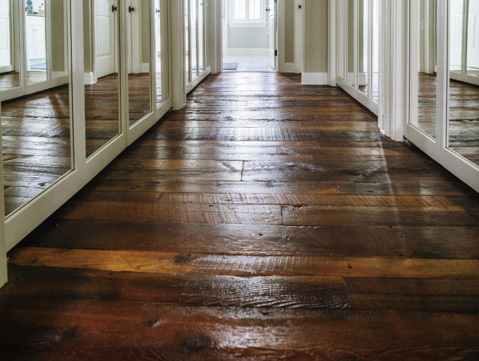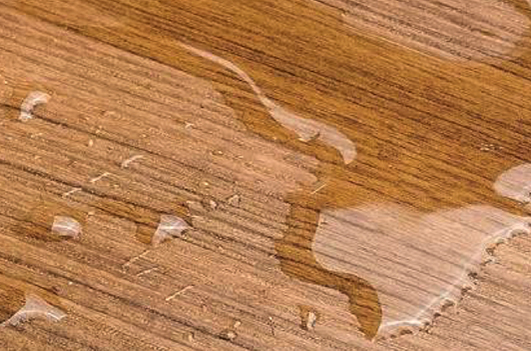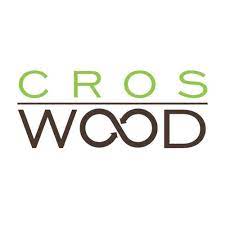Materials Ark is a valuable resource for those seeking to understand the thermal conductivity of flooring materials. With the help of Materials Ark, you can gain a better understanding of the thermal conductivity of various flooring options, allowing you to choose the best flooring for your property. By taking into account factors such as the thermal conductivity of the flooring material, you can ensure that your flooring choice will not only look good but also provide a comfortable and energy-efficient environment for you and your family. Whether you’re building a new home or renovating an existing one, Materials Ark can help you make an informed decision about the thermal conductivity of flooring materials, giving you the confidence to choose the best flooring option for your property.
Here are the thermal conductivity values for some common flooring materials:
- Ceramic tile: 0.9 to 1.2 W/mK
- Concrete: 1.5 to 2.5 W/mK
- Engineered wood flooring: 0.12 to 0.19 W/mK
- Hardwood flooring: 0.16 to 0.22 W/mK
- Laminate flooring: 0.12 to 0.15 W/mK
- Marble: 1.5 to 2.5 W/mK
- Vinyl flooring: 0.15 to 0.25 W/mK
It’s important to note that these values are rough estimates and the actual thermal conductivity of a specific product can be obtained from the manufacturer’s technical data or by conducting laboratory tests. Additionally, it is also important to consider other factors such as insulation and air tightness when evaluating the overall thermal performance of a flooring system.

There are several methods for measuring thermal conductivity, including:
- Heat Flow Meter Method: This is a laboratory-based method that involves measuring the heat flow through a sample of the material being tested. The sample is placed between two parallel plates, with one plate being heated and the other plate being cooled. The temperature difference between the two plates and the heat flow through the sample are then used to calculate the thermal conductivity.
- Guarded Hot Plate Method: This is a laboratory-based method that involves measuring the temperature difference between two plates and the heat flow through a sample of the material being tested. The sample is placed on one plate, which is heated, and the other plate, which is cooled, is surrounded by an insulating material to prevent heat loss. The temperature difference and heat flow through the sample are then used to calculate the thermal conductivity.
- Transient Plane Source (TPS) Method: This is a laboratory-based method that involves measuring the temperature response of a sample to a rapidly changing heat source. The sample is placed between two parallel plates, with one plate being heated by a pulse of energy, and the temperature response of the sample is then measured. The thermal conductivity can then be calculated from the temperature response and other parameters.
- Laser Flash Method: This is a laboratory-based method that involves measuring the temperature response of a sample to a short pulse of laser energy. The sample is placed in a laser flash apparatus, and the temperature response of the sample is measured using a pyrometer. The thermal conductivity can then be calculated from the temperature response and other parameters.
It’s important to note that these methods require specialized equipment and trained personnel to perform accurately, and the results obtained can be affected by factors such as sample size, surface roughness, and sample homogeneity.





































